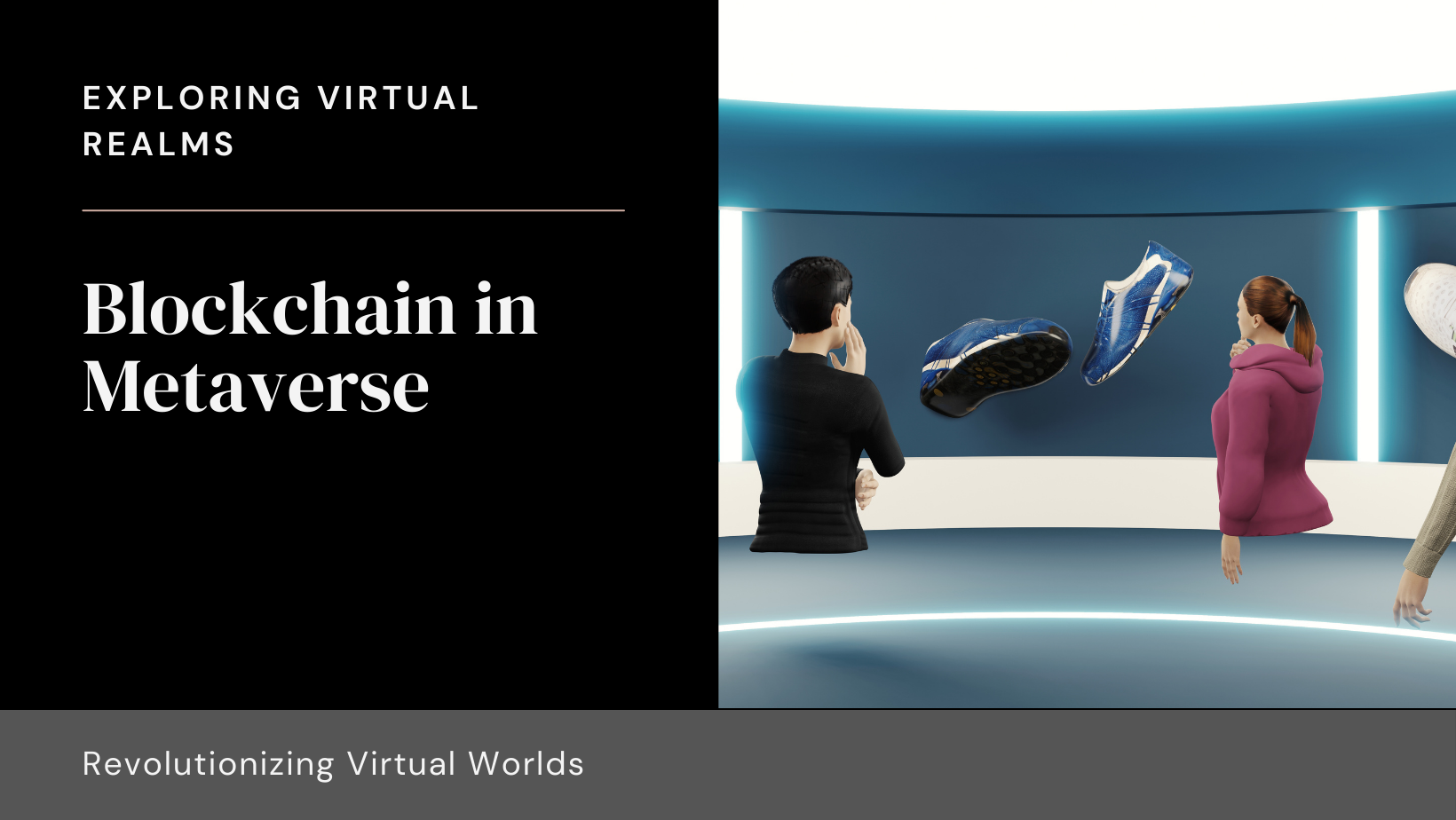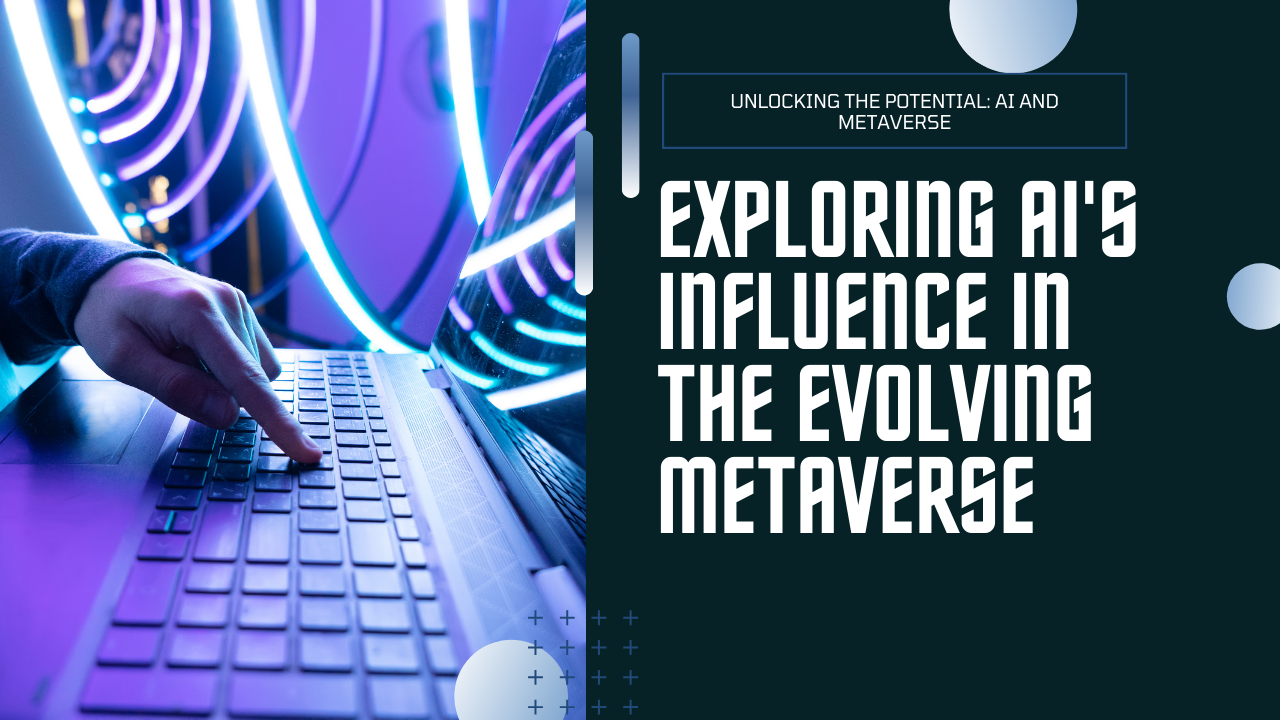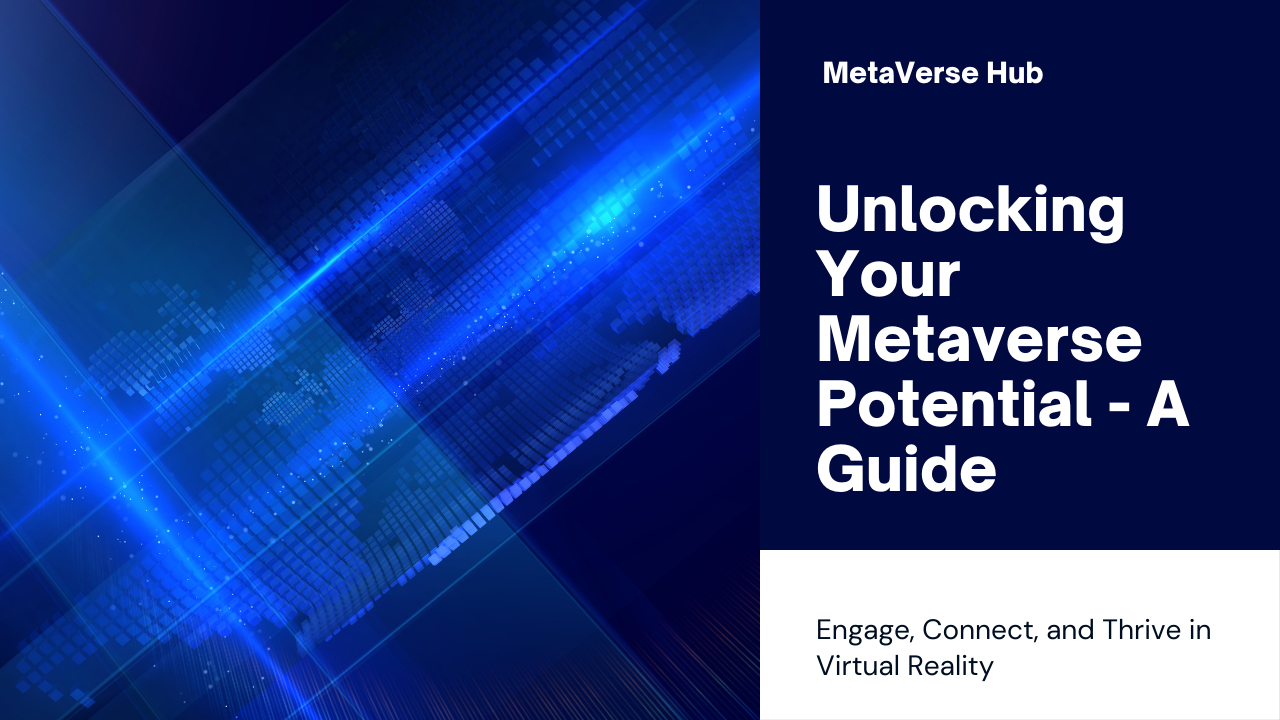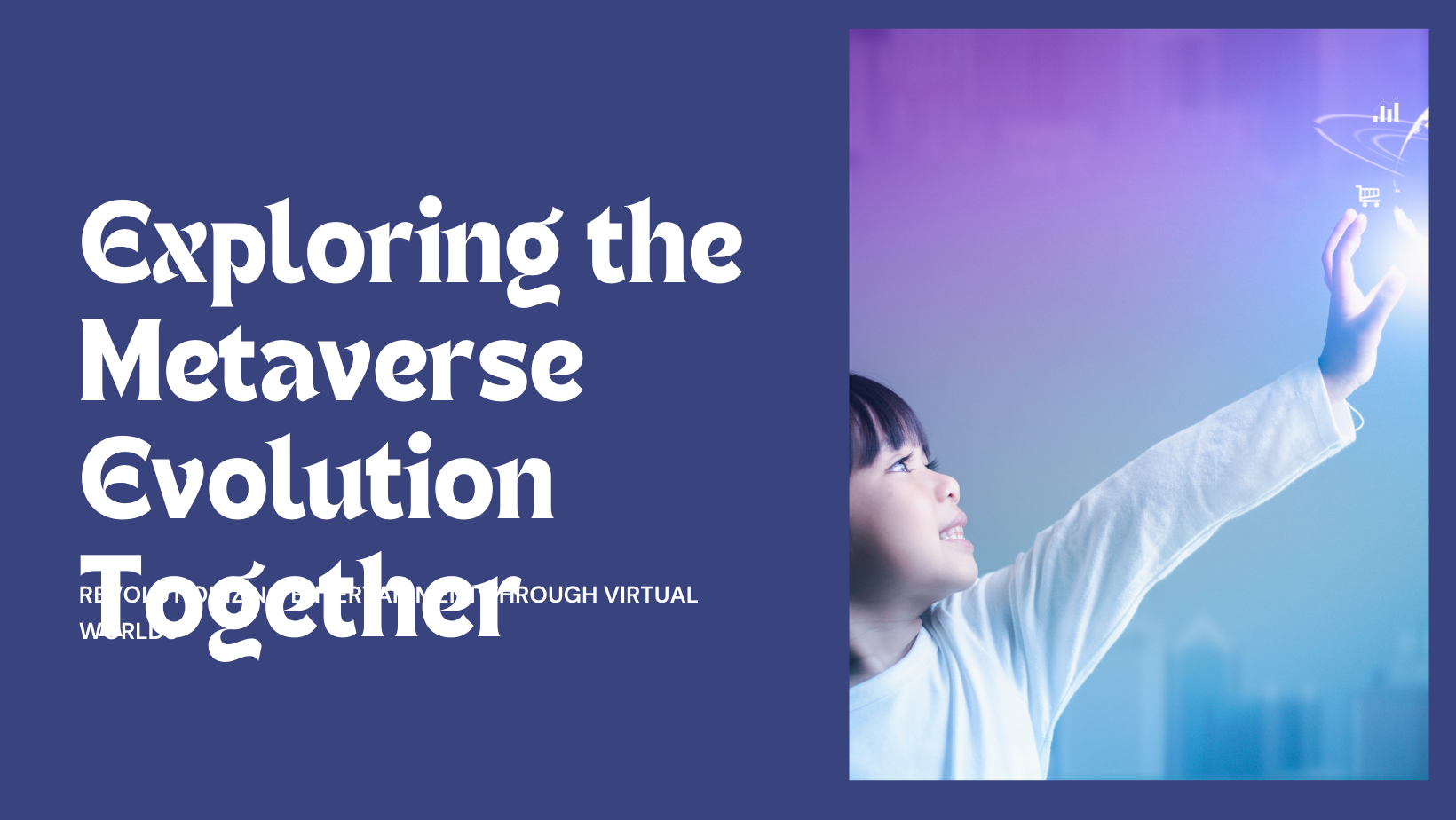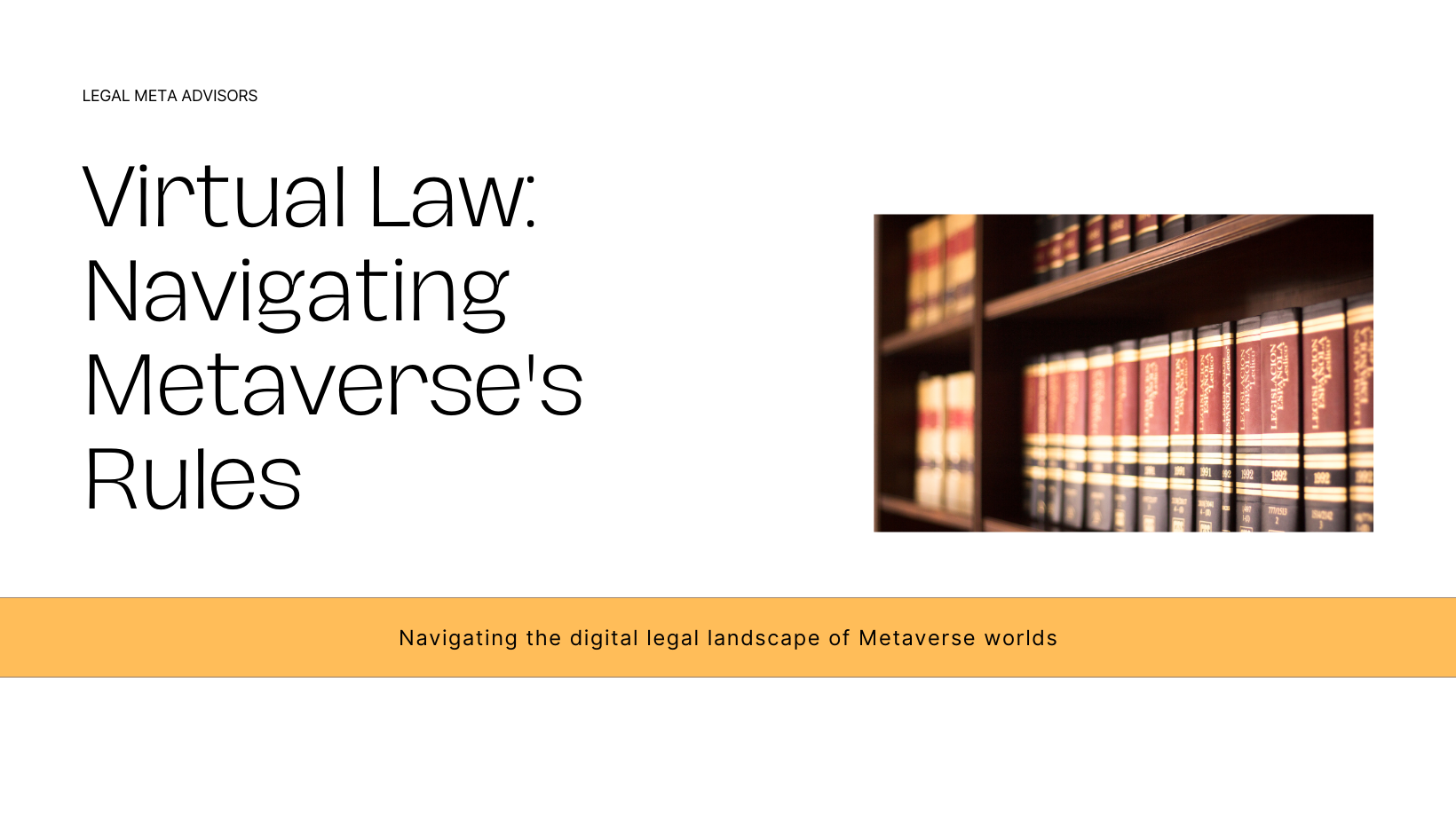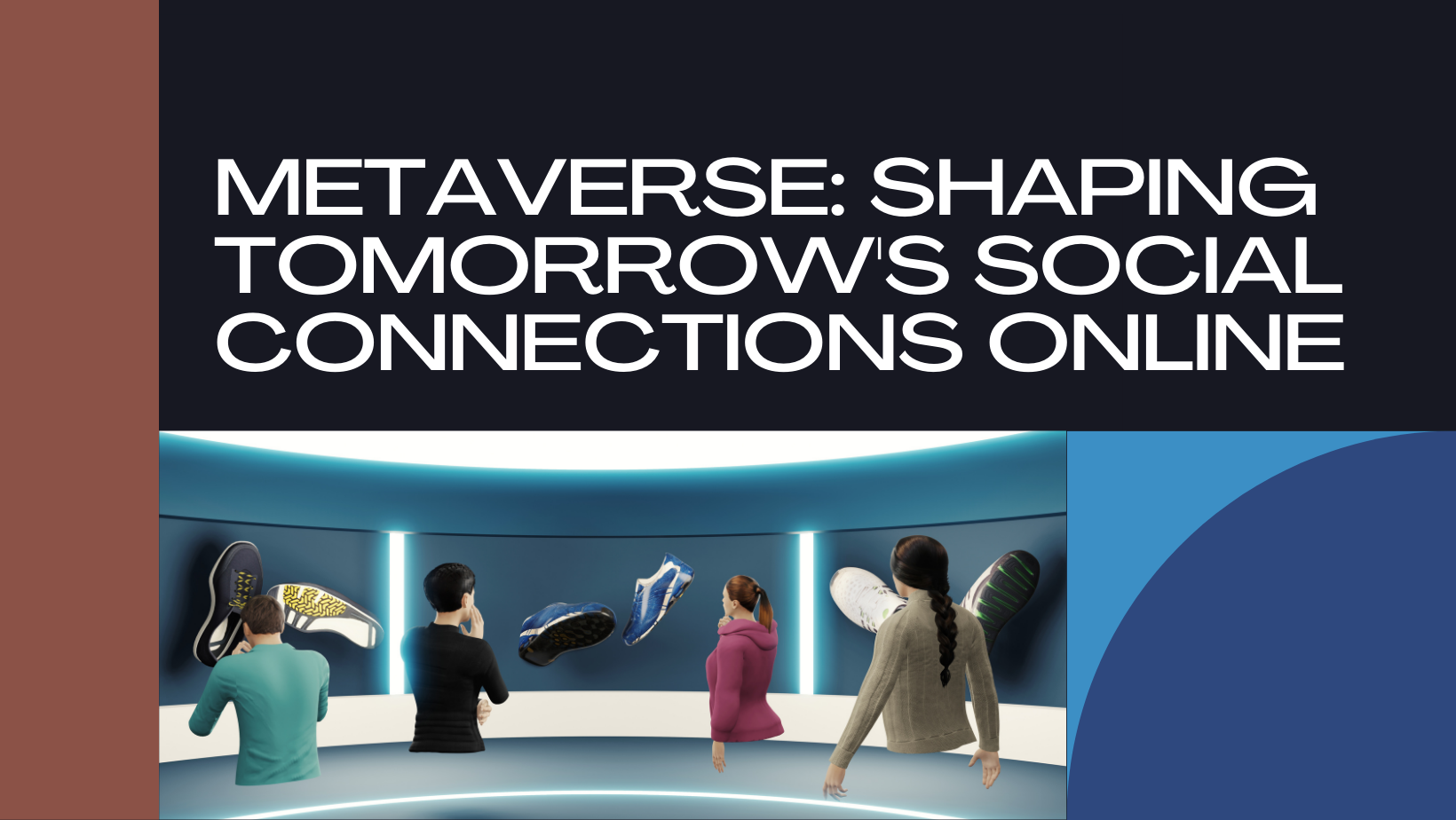In the realm of digital innovation, the convergence of blockchain technology and the Metaverse represents a groundbreaking opportunity to revolutionize virtual interactions, digital economies, and user experiences. This blog delves into the essential strategies, benefits, and implementation guidelines for integrating blockchain into the Metaverse, paving the way for enhanced security, transparency, and decentralized interactions within virtual environments.
Understanding Blockchain in the Context of the Metaverse
Blockchain technology serves as a decentralized ledger that records transactions across a distributed network of computers. It enables secure, transparent, and immutable data storage, fostering trust and eliminating intermediaries in digital interactions. In the context of the Metaverse, blockchain offers a foundation for tokenization, digital asset management, and verifiable ownership within virtual environments.
Benefits of Integrating Blockchain into the Metaverse
- Digital Asset Ownership and Interoperability:
- Tokenization: Tokenize virtual assets, digital currencies, and in-game items using blockchain-based tokens (NFTs and fungible tokens). Facilitate peer-to-peer trading, ownership transfers, and provable scarcity of digital assets within the Metaverse.
- Cross-Platform Compatibility: Enhance interoperability across different Metaverse platforms and virtual worlds by standardizing blockchain protocols and smart contracts. Enable seamless asset portability, cross-platform transactions, and universal asset ownership verification.
- Security and Data Privacy:
- Immutable Record Keeping: Utilize blockchain’s decentralized ledger to maintain an immutable record of transactions, digital identities, and ownership rights. Enhance data integrity, transparency, and auditability within virtual environments.
- Enhanced User Privacy: Implement cryptographic encryption, zero-knowledge proofs, and decentralized authentication mechanisms to protect user data, digital identities, and personal information within the Metaverse.
- Decentralized Governance and Community Empowerment:
- DAOs and Governance Models: Establish decentralized autonomous organizations (DAOs) and community-driven governance structures within virtual communities. Enable stakeholders to participate in decision-making processes, protocol upgrades, and community initiatives through blockchain-based voting mechanisms.
- Economic Incentives: Introduce incentive mechanisms, staking protocols, and reward systems powered by blockchain-based tokens to incentivize positive behaviors, content creation, and community engagement within the Metaverse.
Strategies for Implementing Blockchain in the Metaverse
- Choose Appropriate Blockchain Platforms and Protocols:
- Evaluate blockchain platforms (Ethereum, Solana, Polygon) and layer-2 scaling solutions that align with scalability, transaction speed, and cost-efficiency requirements for Metaverse applications.
- Select blockchain consensus mechanisms (Proof of Stake, Proof of Authority) and interoperability protocols (ERC-20, ERC-721, ERC-1155) to support token standards, smart contract functionalities, and cross-chain compatibility within virtual environments.
- Develop Smart Contracts and DApps for Metaverse Applications:
- Design and deploy smart contracts to automate transaction settlements, digital asset transfers, and decentralized governance processes within the Metaverse.
- Create decentralized applications (DApps) that integrate blockchain functionalities, such as asset minting, marketplace interactions, and virtual land management, to enhance user engagement and economic activities.
- Enhance User Experience and Adoption:
- Educate users about blockchain technology, digital wallets, and tokenomics to facilitate seamless onboarding and adoption within the Metaverse.
- Foster developer communities, hackathons, and open-source collaborations to innovate blockchain solutions, SDKs, and developer tools for Metaverse applications.
Challenges and Considerations
- Scalability and Performance: Address scalability issues, transaction throughput, and network congestion to ensure smooth and efficient blockchain operations within high-traffic Metaverse environments.
- Regulatory Compliance: Navigate regulatory frameworks, tax implications, and legal considerations related to blockchain-based assets, virtual economies, and decentralized finance (DeFi) activities within global jurisdictions.
- User Education and Accessibility: Promote digital literacy, user empowerment, and inclusive access to blockchain technologies, ensuring equitable participation and user sovereignty within the decentralized Metaverse ecosystem.
Future Outlook and Innovation
As blockchain technology continues to evolve, its integration into the Metaverse will drive innovation, economic growth, and transformative digital experiences. Future advancements in blockchain scalability, interoperability, and decentralized governance will unlock new opportunities for virtual interactions, digital asset monetization, and sustainable ecosystem development within the Metaverse.
Conclusion
In conclusion, integrating blockchain into the Metaverse presents a paradigm shift towards decentralized, transparent, and user-centric digital interactions. By leveraging blockchain’s capabilities for digital asset management, secure transactions, and community governance, stakeholders can empower users, foster innovation, and shape the future of virtual economies within immersive virtual environments.
Stay informed about the latest developments in blockchain technology and the Metaverse by following Sodio Technologies’ blog. Join us on our journey to explore new frontiers, drive technological advancements, and redefine digital interactions in the decentralized Metaverse.
